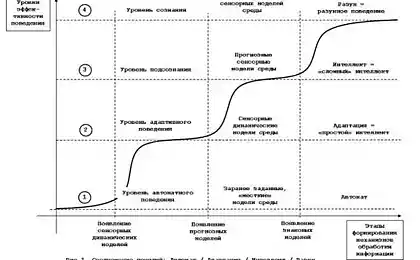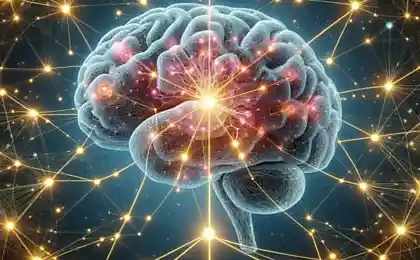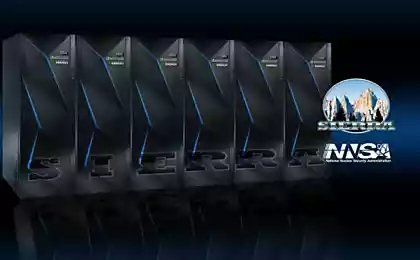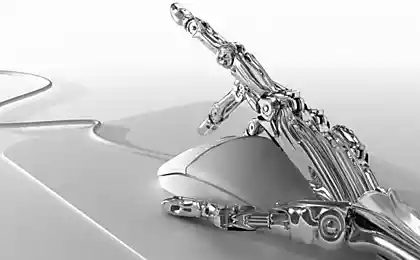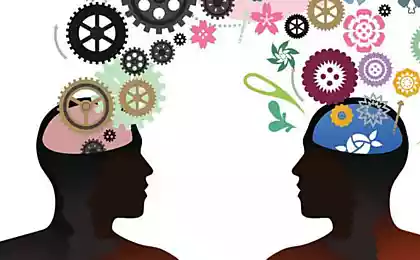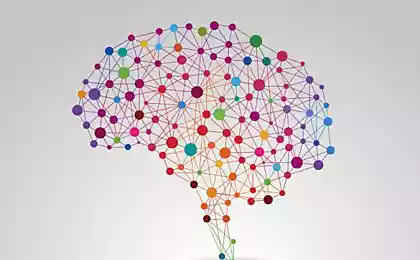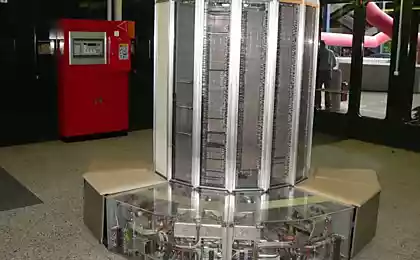287
Five trends in supercomputers of the future

As our devices become more connected to the Internet, and we gradually move away from the personal computer paradigm, supercomputers seem less and less cumbersome and crazy devices with thousands of cooling boxes and an ordered pile of processors. But giant parallel systems that look like these oldest supercomputers are still being developed.
Most of us know what Moore's Law is, which basically states that the power of computer chips doubles every year and a half to two. This is not just true of our computers and smartphones. All of our electronic devices are on a path of improvement: processing speeds are increasing, sensor sensitivity, memory and even screen or camera pixels are getting better and better. Chips can improve and shrink to unimaginable limits until quantum effects begin to dissonant. Some experts believe that within the next 50 years, Moore’s law will limit and slow down the development of computer chips. It’s no surprise that some of the world’s largest chip makers are starting to look for alternatives.
Our phones and tablets may surprise us with doubling power every two years, but behind the scenes there are things that demand more – the cloud, supercomputers, the smallest computing systems. Let’s try to guess which way supercomputers of the future will go and how this will affect the overall computing power of our planet.
Exaflop and further
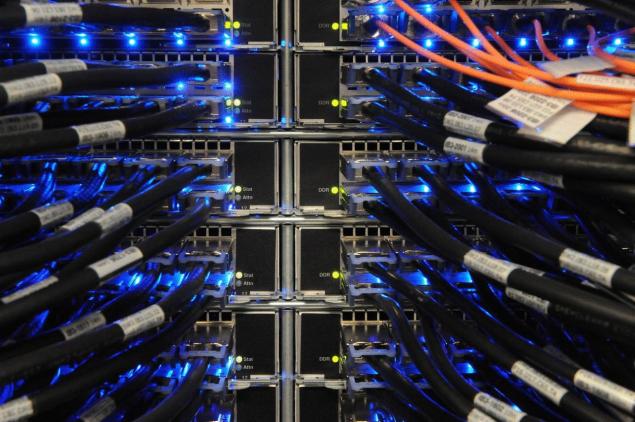
Miniaturizing chip components is only half the battle. On the other side of the coin, supercomputers need a special assembly for higher power. In 2008, IBM Roadrunner passed the limit of one petaflop: one quadrillion operations per second. (Flops means “the number of floating point operations per second,” and this is the standard we use when talking about supercomputers that are used for scientific calculations.)
In the scientific view, petaflops is measured in 1015 operations per second. The exaflop computer — which will appear in 2019, according to various forecasts — will have a performance of 1018, a thousand times more than the petaflop computers we see today. By comparison, the most powerful of the world’s 500 fastest supercomputers as of 2014, Tianhe-1A, has a performance of less than 60 petaflops. By 2030, supercomputers should achieve zettaflops, or 1021 operations per second, and then yottaflops, or 1024.
What do these numbers really mean? It is expected that a complete simulation of a computer brain will be possible by 2025, and zettascale computers will be able to accurately predict all the weather on the planet in two weeks.
Green supercomputers
Any power has its price. If your computer’s cooler has ever broken down or you’ve sat down with your laptop on your lap, you know what power costs: computers heat up as they work. In fact, one of the major challenges for supercomputer developers is finding a smart way to install and use powerful machines without crashing or damaging the planet. After all, one of the main functions of weather modeling will be to manage carbon monoxide emissions, so it would be unwise to add problems to climate scientists in solving these problems.
The computer works extremely poorly if it overheats. Any computer system is only as useful as it works in its worst days, so cooling hot chips is of great interest to engineers. More than half of the energy used by supercomputers goes to cooling. And environmental concerns are already a major concern in light of improved computer performance. Green solutions and energy efficiency have long been the foundation of every supercomputer project.
From cooling with “free air” – that is, engineers are trying to bring outside air to the system – to hardware structures that increase the surface area of the system, scientists are trying to be as innovative as possible in order to improve the efficiency of cooling supercomputers. One of the most interesting ideas that are trying to implement is to cool the system with a liquid that will collect heat as it flows through the pipes in the computer itself. Projects that rank in the top 500 most powerful supercomputers take this very seriously.
Addressing the problems of ecology and efficiency is not only good for our planet, but also necessary for the operation of machines. This may not be the most interesting item on our list, so let’s move on.
Artificial Brain

Let's talk about what's going to happen between 2025 and 2030, when supercomputers will be able to map the human brain. In 1996, a scientist from Syracuse University estimated that our brains have a memory of 1 to 10 terabytes, an average of about 3. Of course, it is extremely pertinent to note that our brains do not work like computers. But over the next 20 years, computers are going to work like our brains.
Just as supercomputers are extremely useful in mapping the human genome, solving medical problems, and more, accurate models of the human brain will make it much easier to diagnose, treat, and understand the complexities of human thought and emotion. Combined with imaging technology, doctors will be able to identify problem areas, model different forms of treatment, and even get to the roots of many of the issues that have plagued us since the beginning of time. Implantable and graftable chips and other technologies will help monitor and even change the level of serotonin and other neurotransmitters to improve mood and overall emotional state, and the malfunction of certain parts of the brain during trauma, for example, can be eradicated.
Beyond the advances in medicine that supercomputers promise, there is also the question of artificial intelligence. Already, computers of average performance can learn some of the possibilities of artificial intelligence, among which a smart system for selecting recommendations for books and television programs is the least. Imagine an online doctor who can replace a real doctor and even a whole consortium of the best doctors in the world.
Weather systems and complex models

By 2030, zettaflop supercomputers will be able to accurately simulate the entire Earth’s weather system in two weeks. We mean a 100 percent accurate model of our entire planet and ecosphere, with local and global predictions available at the click of a button. Aside from the obvious benefits of predicting natural disasters, for example, imagine that your vacation or wedding isn’t spoiled by the weather, as you’ll know it weeks in advance.
Earth’s climate is such a complex system that it is often discussed in connection with chaos theory, the complexity of which some of us can not even imagine. The question of whether a butterfly wing flap in Brazil could cause a tornado in Texas will cease to exist. In short, it is hard to imagine a more complex system than the weather of our planet.
Food production and agriculture, the impact of weather on other large-scale scientific projects (polar expeditions or spacecraft launches), prediction of natural disasters are just a few of the life-saving options that computational power will offer us.
And of course, the weather system is just the tip of the iceberg. If you can imagine the weather perfectly, you can just as easily recreate any complex and large system.
Imitation of peace

Most of us are familiar with online games and can recall when life simulators like Second Life or The Sims were in vogue. Virtual reality has always been a favorite subject of science fiction. But if you multiply it by the power of supercomputers, games and virtual environments can become more than just entertainment.
While designing the Matrix will certainly be impressive, shifting our day-to-day cultural and social changes to observe and predict them can be extremely beneficial to our unstable society. Imagine simplifying urban planning, building new neighborhoods, and uneven distribution of food and resources.
Supercomputers won’t be guessing on the coffee grounds: they’ll get information from every possible source — from the latest tweets in the top to using the power grid for the moment — and create models that will help regulate not only current factors, but future plans as well. The shortage of gas, electricity, water, the systematic use of these resources and the provision of energy for large-scale events like the Olympics will cease to worry people.
With wireless internet taking over countries and the world, a quality model of our world will one day be no different from the world we live in. Only now are we beginning to bring to life all these possibilities that would not be available without supercomputers.
Source: hi-news.ru
9 best plant sources of protein
Brazil builds giant tower in the forests of the Amazon to monitor climate

